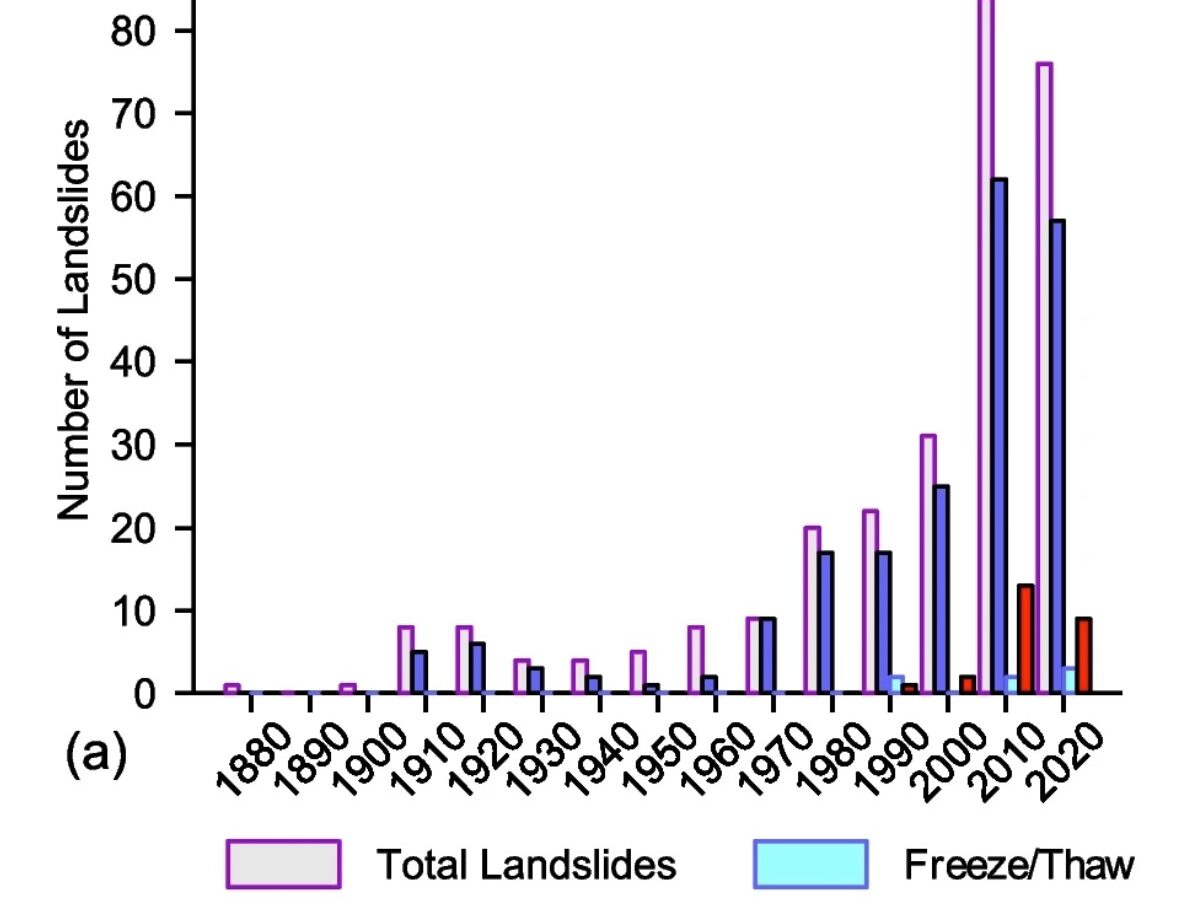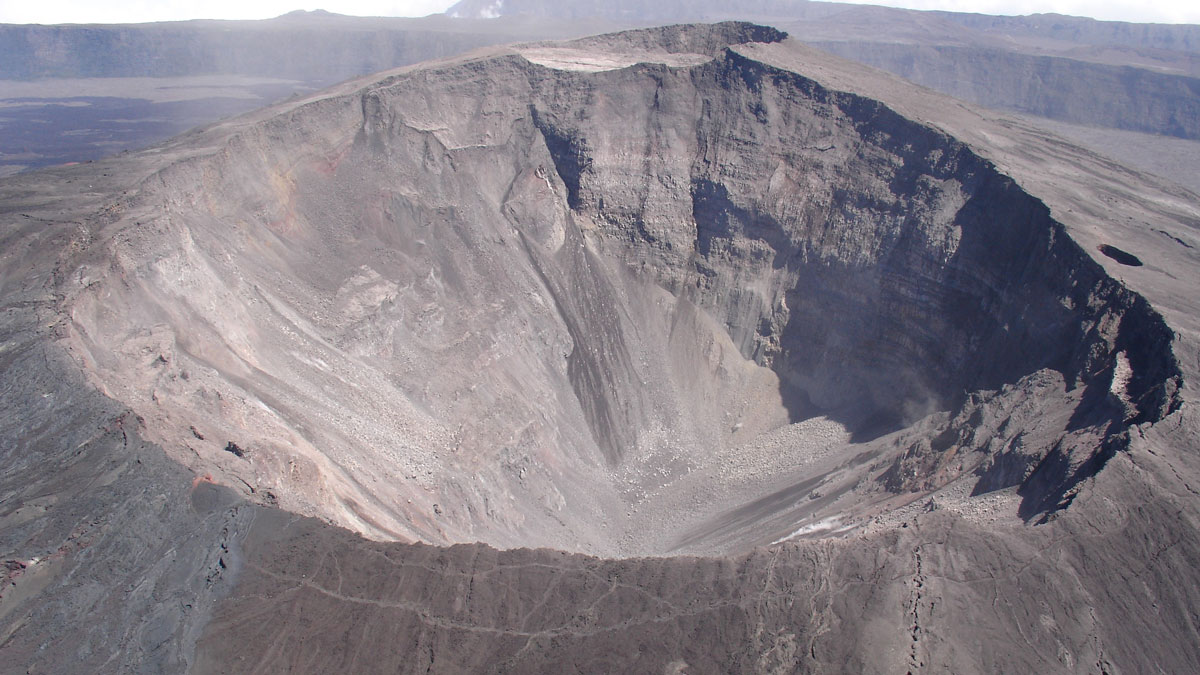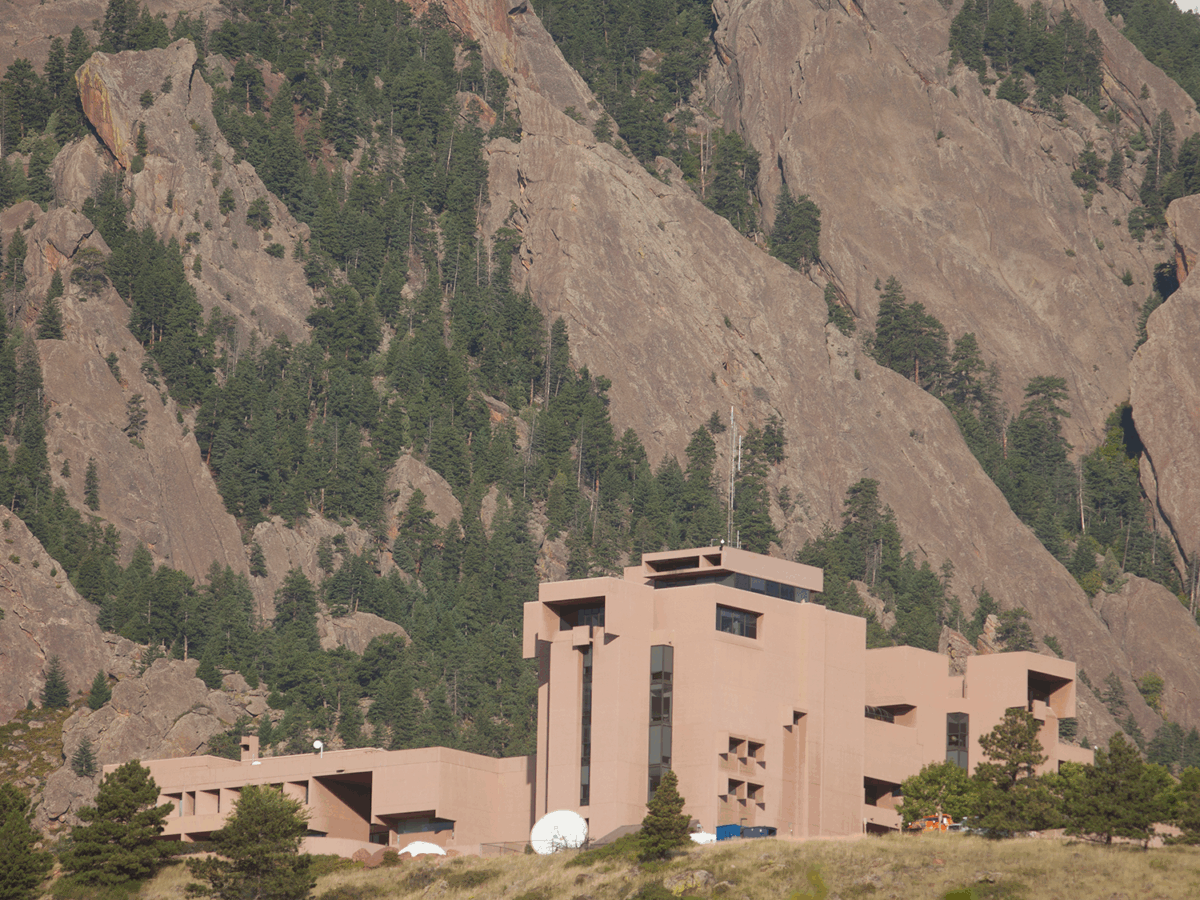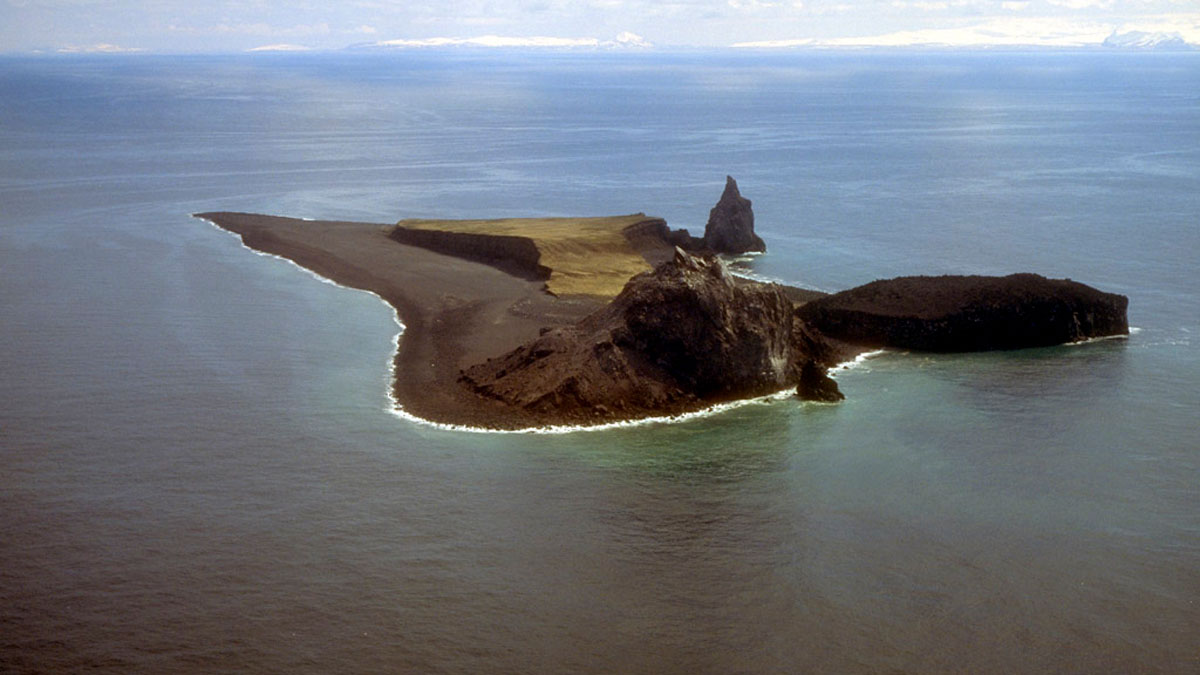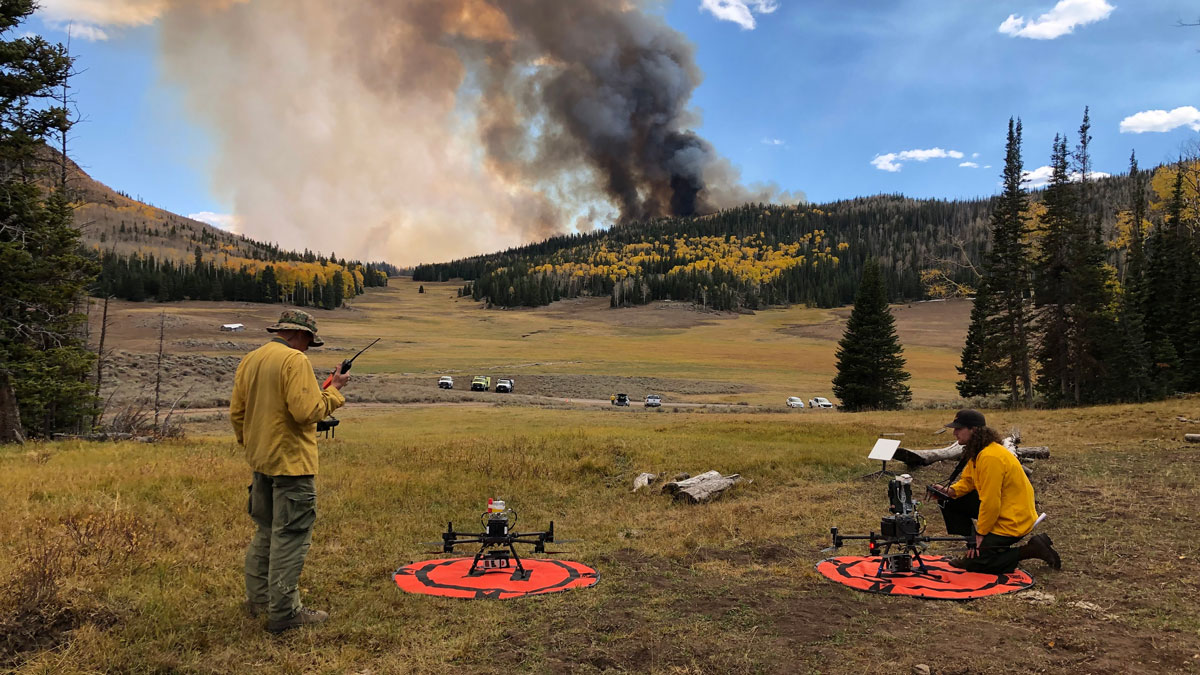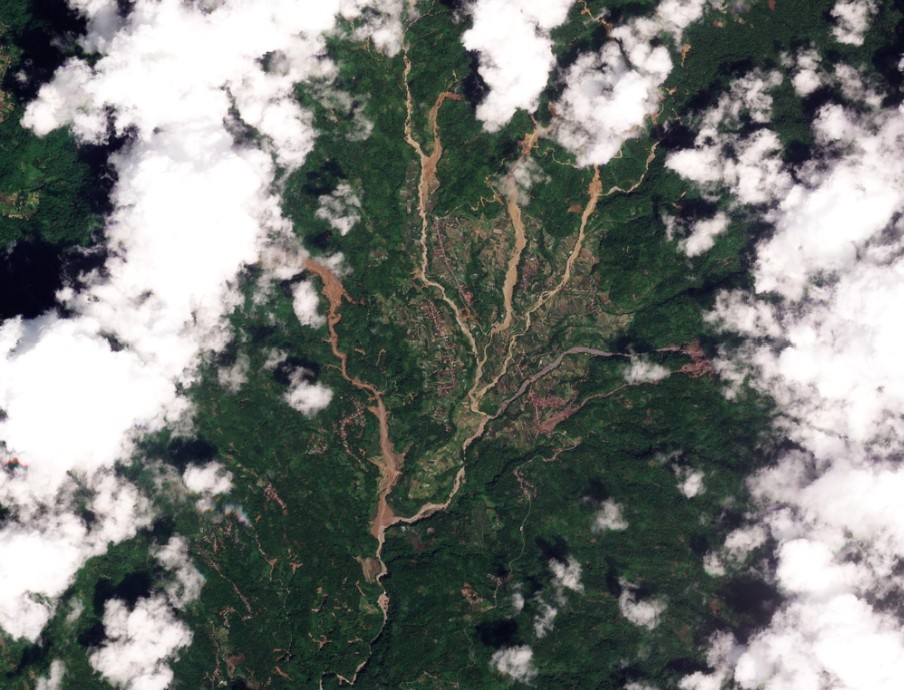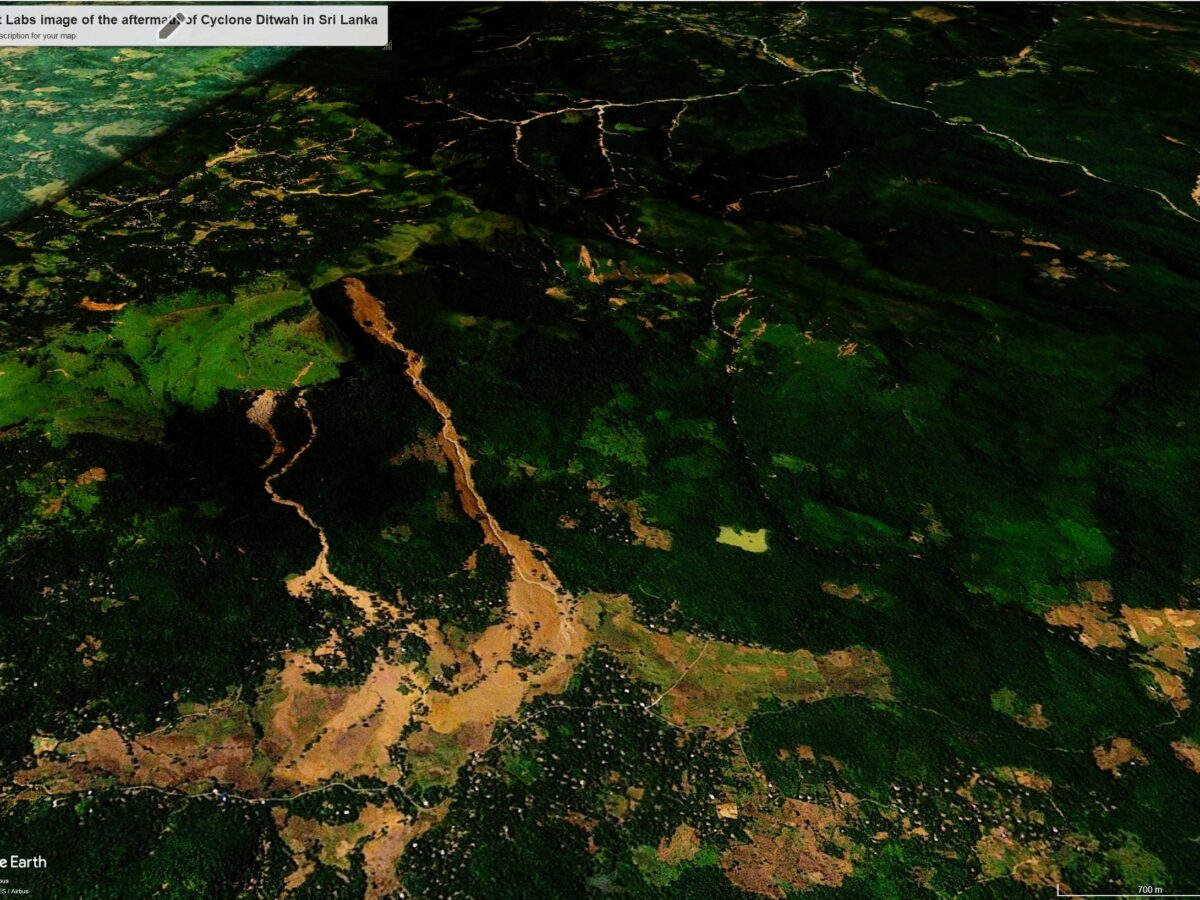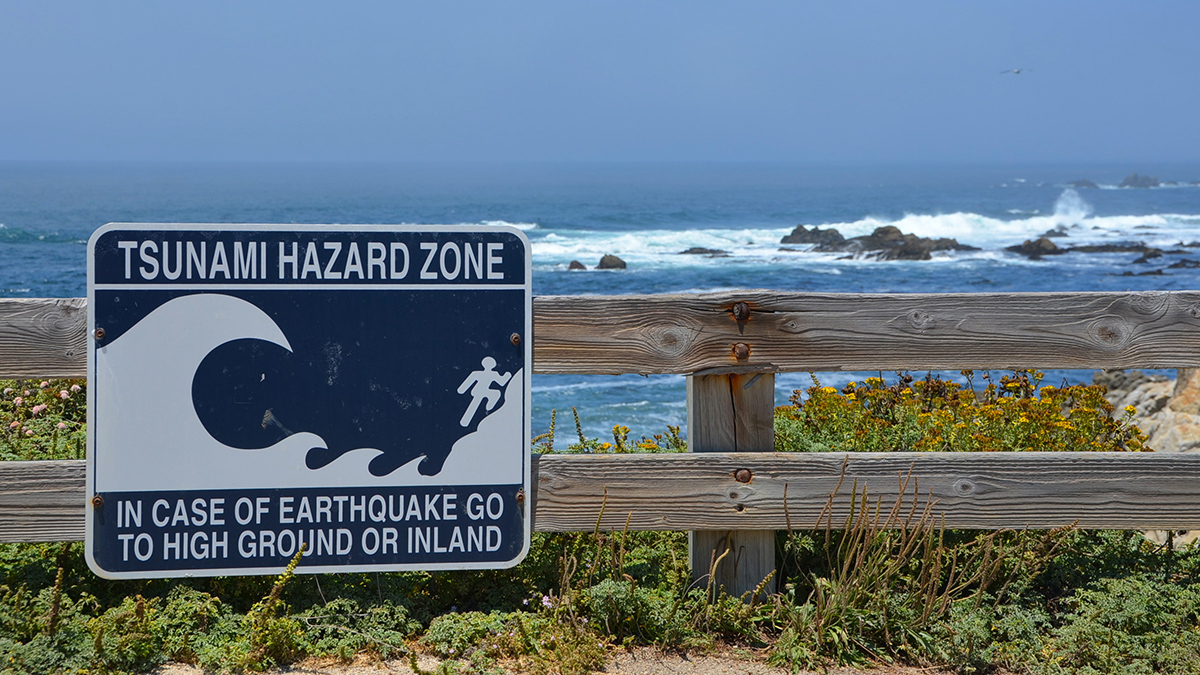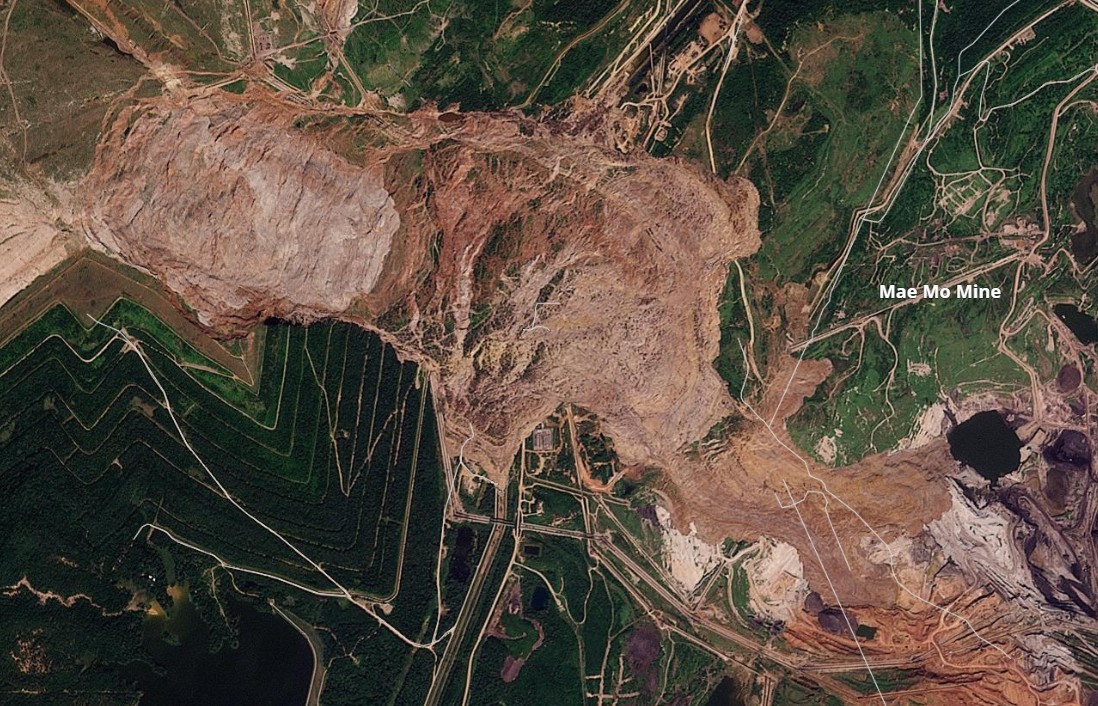The Landslide Blog is written by Dave Petley, who is widely recognized as a world leader in the study and management of landslides. Of course, allow me to start by wishing all my readers a Happy 2026. I suspect that we are in for quite a landslide journey again this year. In late November, a […]
Hazards & Disasters
Lessons and Lingering Questions from Collapsing Basaltic Calderas
Research into the hazardous collapses of basaltic volcanoes has revealed common physical processes, but addressing remaining questions requires learning more from historical events.
Trump Administration Plans to Break Up NCAR
The Trump administration is planning to dismantle the National Center for Atmospheric Research, one of the world’s leading climate and Earth science research laboratories, according to a statement from Russ Vought, director of the White House Office of Management and Budget, to USA Today.
Crystal Clusters Contain Clues to Magma’s Past and Future Eruptions
It’s now become easier to forecast the next eruption of Alaska’s Bogoslof volcano. New research led by Pavel Izbekov, a volcanologist at the Alaska Volcano Observatory, is applying the foundations of diffusion chronometry—the study of chemical change in crystals over time—to a new eruption forecasting approach. Izbekov’s team used crystal clusters and their collective records […]
Fungal Spores in Wildfire Smoke Could Cause Lung Disease
Mice exposed to fungi spready by wildfires developed symptoms, exposing a potential health hazard to humans that has been understudied.
The extraordinary scale of the November 2025 landslide disaster in Sumatra
The Landslide Blog is written by Dave Petley, who is widely recognized as a world leader in the study and management of landslides. Yesterday, I posted about the landslide disaster that struck Malalak in Sumatra at the end of November 2025. Unfortunately, that is just a tiny component of the catastrophe that has occurred in […]
The terrible landslide destruction at Malalak, Agam regency, West Sumatra province, Indonesia
The Landslide Blog is written by Dave Petley, who is widely recognized as a world leader in the study and management of landslides. In the last few days on November 2025, Cyclone Senyar brought torrential rainfall to parts of Indonesia, and in particular to Sumatra. At the time or writing, at least 1,022 people are […]
Landslides triggered by Cyclone Ditwah in Sri Lanka
Satellite images are revealing the scale of the destruction in Sri Lanka caused by landslides triggered by Cyclone Ditwah at the end of November 2025. At the end of November 2025, a “weak” tropical cyclone, subsequently named Cyclone Ditwah, formed just offshore from Sri Lanka. Over the following day the storm tracked around the south […]
When Should a Tsunami Not Be Called a Tsunami?
It’s time to redefine the term so it more clearly conveys meaningful risks to coastal communities and prompts them to act when needed.
Full Planet imagery of the 4 November 2025 landslide at Mae Moh Mine in Thailand
Over the weekend, Planet captured near-perfect images of the Mae Moh Mine landslide in Thailand. Last week, I posted a set of Planet satellite images that captured most of the 4 November 2025 landslide at Mae Moh Mine in Thailand. However, there was considerable cloud in the imagery, which prevented a full understanding of the […]

